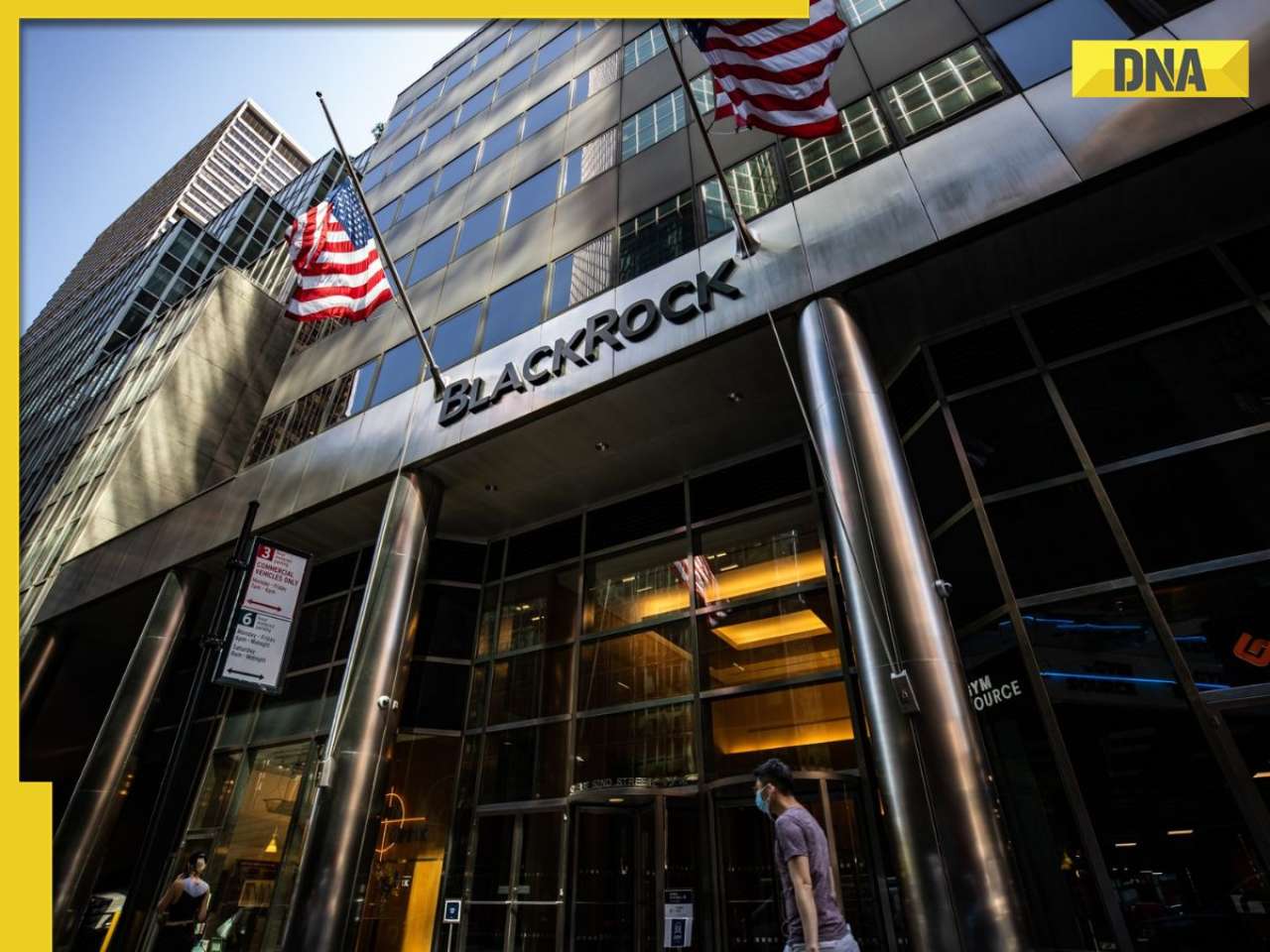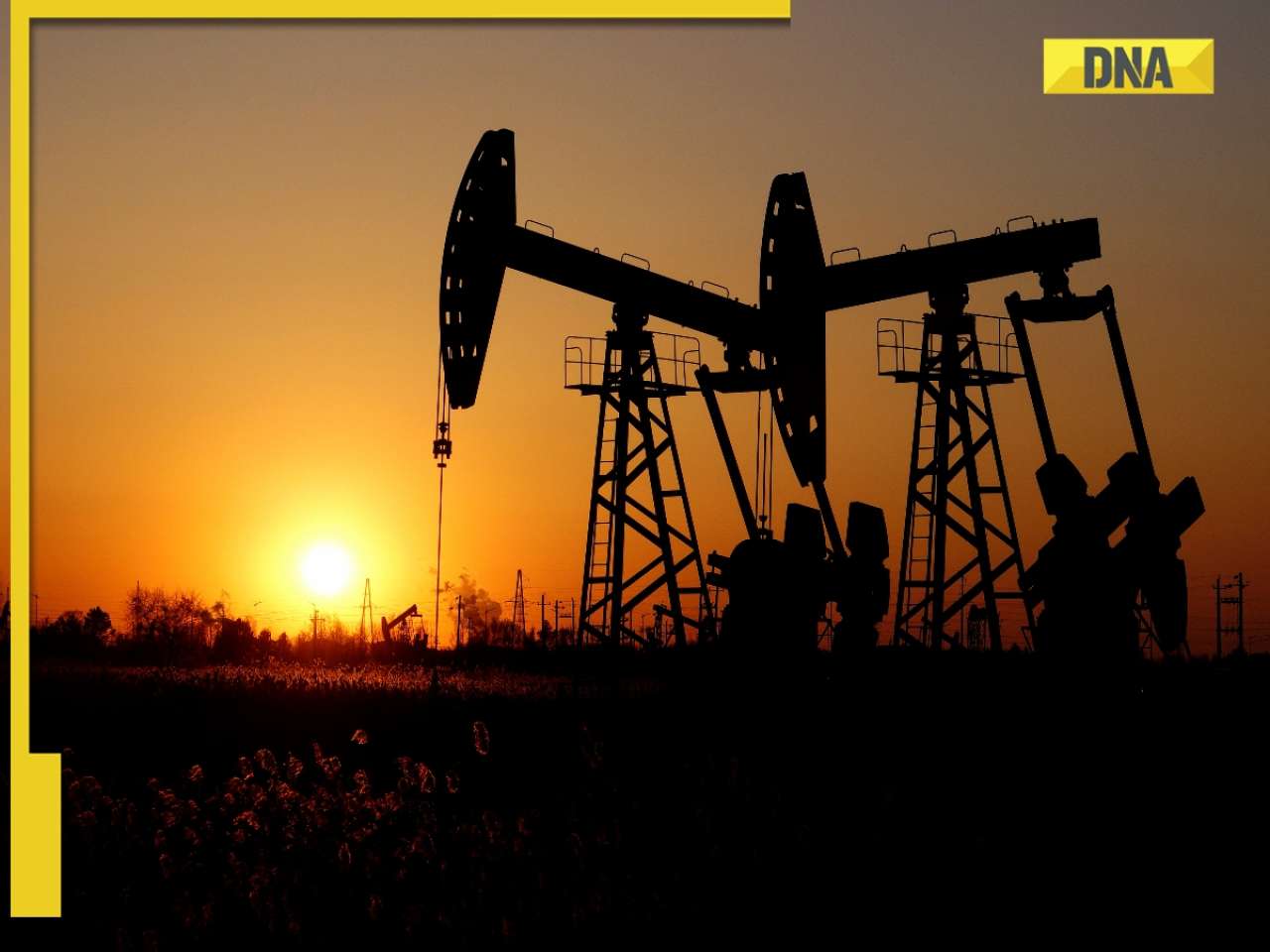On Tuesday, for the first time this monsoon, water discharge from Haryana's Hathnikund Barrage exceeded the 50,000 cusecs mark, peaking at 54,707 cusecs around 1 am, according to CWC.
The water level of the Yamuna at the Delhi Railway Bridge reached 204.13 metres at 4 pm on Wednesday, just 0.37 metres short of the warning level of 204.50 metres. The water level of the river at the Delhi Railway Bridge was 204.1 metres at 9 am, and it rose to 204.13 metres by 10 am. Since then, it has been at the same level. On Tuesday, for the first time this monsoon, water discharge from Haryana's Hathnikund Barrage exceeded the 50,000 cusecs mark, peaking at 54,707 cusecs around 1 am, according to the Central Water Commission (CWC).
Even lower discharges from upstream are raising the water level, nearing the warning mark in Delhi. A committee under the Ministry of Jal Shakti had earlier recommended revising the danger levels at the Delhi Railway Bridge, which were already revised a few years ago. Water released from the barrage typically takes 48 to 50 hours to reach Delhi, with the Old Railway Bridge serving as the primary monitoring point. A water expert criticised the revision recommendation as shifting the goalpost.
"These points relate to siltation and floodplain encroachment, raising the riverbed in Delhi. Instead of repeatedly increasing warning and danger levels, which were already revised in 2019, the government should first conduct a geomorphological study of the river's upper segment," said Bhim Singh Rawat, an activist and member of the South Asia Network on Dams, Rivers and People (SANDRP).
READ | BIG relief for Drishti IAS founder Vikas Divyakirti in defamation case, Rajasthan HC now...
Last year, despite intense rainfall, Delhi narrowly missed touching the warning level, with the Yamuna peaking at 204.38 metres in late September. In contrast, the catastrophic floods of July 2023 saw record water levels of 208.66 metres and peak discharge from Hathnikund touching 3.59 lakh cusecs. Areas like Mayur Vihar, ITO, Salimgarh bypass and Civil Lines were inundated, displacing thousands.
According to the Delhi government's flood control plan, a first warning is officially triggered only when discharge from Hathnikund exceeds 1 lakh cusecs, a mark still far off for now. Irrigation and Flood Control department in this year's order said, "Once that threshold is crossed, sector-level control rooms will activate, boats will be deployed, and vulnerable areas will be placed under surveillance."
(Except for the headline, this story has not been edited by DNA staff and is published from PTI)
Find your daily dose of All
Latest News including
Sports News,
Entertainment News,
Lifestyle News, explainers & more. Stay updated, Stay informed-
Follow DNA on WhatsApp. Joe Root surpasses Ricky Ponting to become 2nd highest run-scorer in Test history; trails Sachin Tendulkar by...
Joe Root surpasses Ricky Ponting to become 2nd highest run-scorer in Test history; trails Sachin Tendulkar by...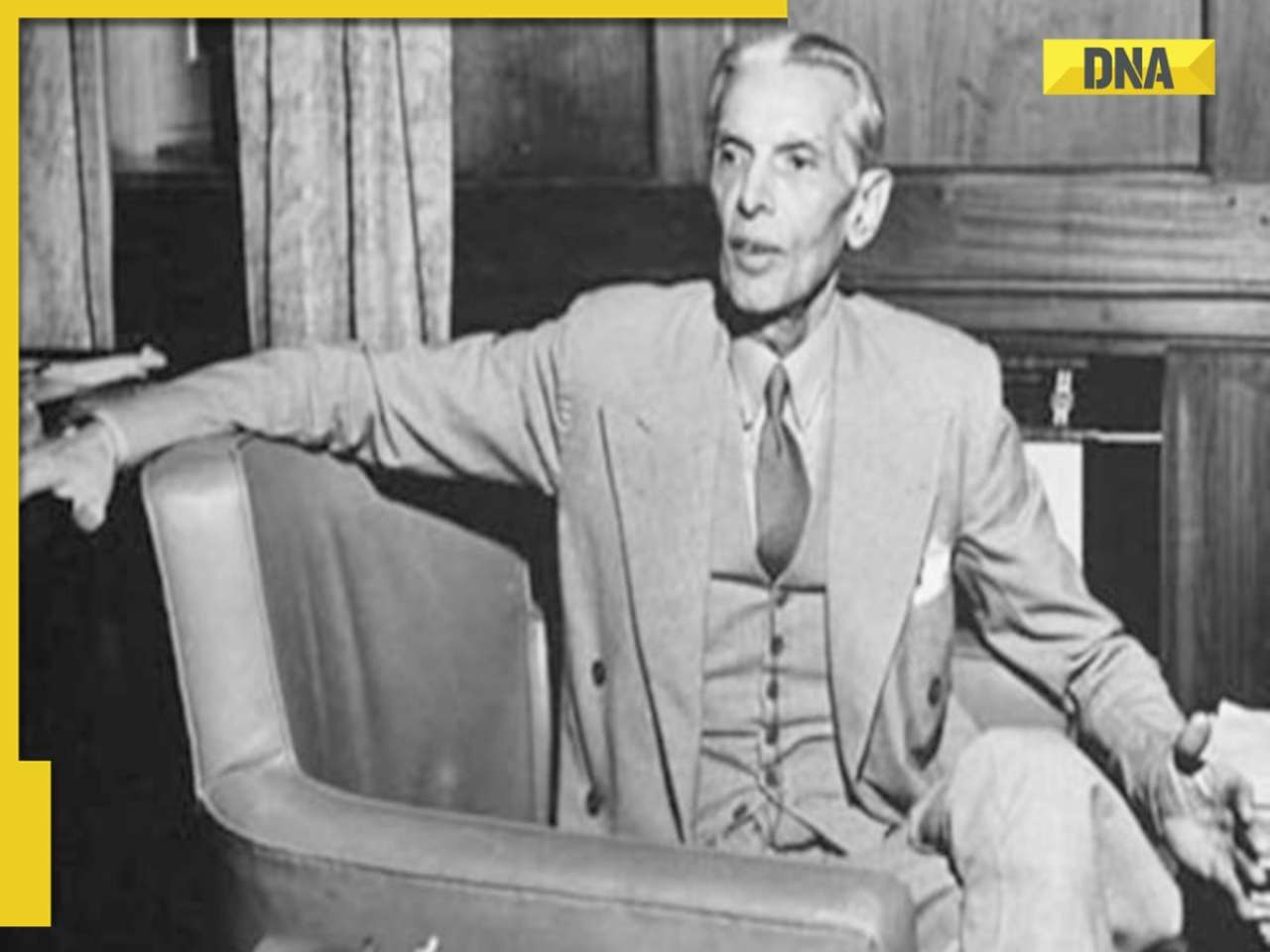 Jinnah wanted THIS Muslim man to be first Finance Minister of Pakistan, he refused, his son is on Forbes list of billionaires
Jinnah wanted THIS Muslim man to be first Finance Minister of Pakistan, he refused, his son is on Forbes list of billionaires 65-year-old actor and his 37-year-old son have made their directorial debut in 2025, they are...., their first films are...
65-year-old actor and his 37-year-old son have made their directorial debut in 2025, they are...., their first films are... Good news for first-time employees, set to get Rs…; check eligibility and other details
Good news for first-time employees, set to get Rs…; check eligibility and other details 'I was so scared': Woman credits ChatGPT for saving her mother’s life after doctors fail to diagnose
'I was so scared': Woman credits ChatGPT for saving her mother’s life after doctors fail to diagnose Other than heart attacks or BP : 7 hidden heart conditions triggered by oily foods
Other than heart attacks or BP : 7 hidden heart conditions triggered by oily foods 7 most captivating space images captured by NASA you need to see
7 most captivating space images captured by NASA you need to see AI-remagined famous Bollywood father-son duos will leave you in splits
AI-remagined famous Bollywood father-son duos will leave you in splits 7 superfoods that boost hair growth naturally
7 superfoods that boost hair growth naturally Confused between Forex and Credit cards for your international trip? Learn which saves more
Confused between Forex and Credit cards for your international trip? Learn which saves more Tata Harrier EV Review | Most Advanced Electric SUV from Tata?
Tata Harrier EV Review | Most Advanced Electric SUV from Tata? Vida VX2 Plus Electric Scooter Review: Range, Power & Real-World Ride Tested!
Vida VX2 Plus Electric Scooter Review: Range, Power & Real-World Ride Tested! MG M9 Electric Review | Luxury EV with Jet-Style Rear Seats! Pros & Cons
MG M9 Electric Review | Luxury EV with Jet-Style Rear Seats! Pros & Cons Iphone Fold: Apple’s iPhone Fold Could Solve Samsung’s Biggest Foldable Problem | Samsung Z Fold 7
Iphone Fold: Apple’s iPhone Fold Could Solve Samsung’s Biggest Foldable Problem | Samsung Z Fold 7 Trump News: Congress Seeks Answers On Trump's Alleged Mediation In Operation Sindoor
Trump News: Congress Seeks Answers On Trump's Alleged Mediation In Operation Sindoor Jinnah wanted THIS Muslim man to be first Finance Minister of Pakistan, he refused, his son is on Forbes list of billionaires
Jinnah wanted THIS Muslim man to be first Finance Minister of Pakistan, he refused, his son is on Forbes list of billionaires After India-UK FTA, New Delhi to begin talks with THIS country, because...
After India-UK FTA, New Delhi to begin talks with THIS country, because... Indian billionaire Sunil Mittal earns Rs 13499163600 profit from this country, not India, UK; net worth reaches Rs...
Indian billionaire Sunil Mittal earns Rs 13499163600 profit from this country, not India, UK; net worth reaches Rs... UPI Alert! New UPI rules to come in effect from..., know how it will affect GPay, PhonePe, Paytm users
UPI Alert! New UPI rules to come in effect from..., know how it will affect GPay, PhonePe, Paytm users  RBI Governor Sanjay Malhotra makes BIG statement on free UPI transactions, says 'some cost...'
RBI Governor Sanjay Malhotra makes BIG statement on free UPI transactions, says 'some cost...' Ashish Chanchlani looks dashing as he drops latest photos from Italy, fans say 'Tom Cruise fail hai aapke saamne'
Ashish Chanchlani looks dashing as he drops latest photos from Italy, fans say 'Tom Cruise fail hai aapke saamne' Are these five vintage car museums in India a must-visit for every automobile lover?
Are these five vintage car museums in India a must-visit for every automobile lover? Riddhima Kapoor Sahni looks dreamy in pastel gold embroidered ensemble as she walks for Suneet Varma at IWC 2025; SEE PICS
Riddhima Kapoor Sahni looks dreamy in pastel gold embroidered ensemble as she walks for Suneet Varma at IWC 2025; SEE PICS Malaika Arora grabs attention with her street style moment, dons oversized denims, white tank top, luxurious mini bag worth Rs…
Malaika Arora grabs attention with her street style moment, dons oversized denims, white tank top, luxurious mini bag worth Rs… Raksha Bandhan 2025: Bollywood's sweetest 'muh-bole' sibling bonds that celebrate rakhi beyond blood
Raksha Bandhan 2025: Bollywood's sweetest 'muh-bole' sibling bonds that celebrate rakhi beyond blood Good news for first-time employees, set to get Rs…; check eligibility and other details
Good news for first-time employees, set to get Rs…; check eligibility and other details Air India sees another mid-air scare as Mumbai-bound flight returns to Jaipur minutes after takeoff due to...
Air India sees another mid-air scare as Mumbai-bound flight returns to Jaipur minutes after takeoff due to...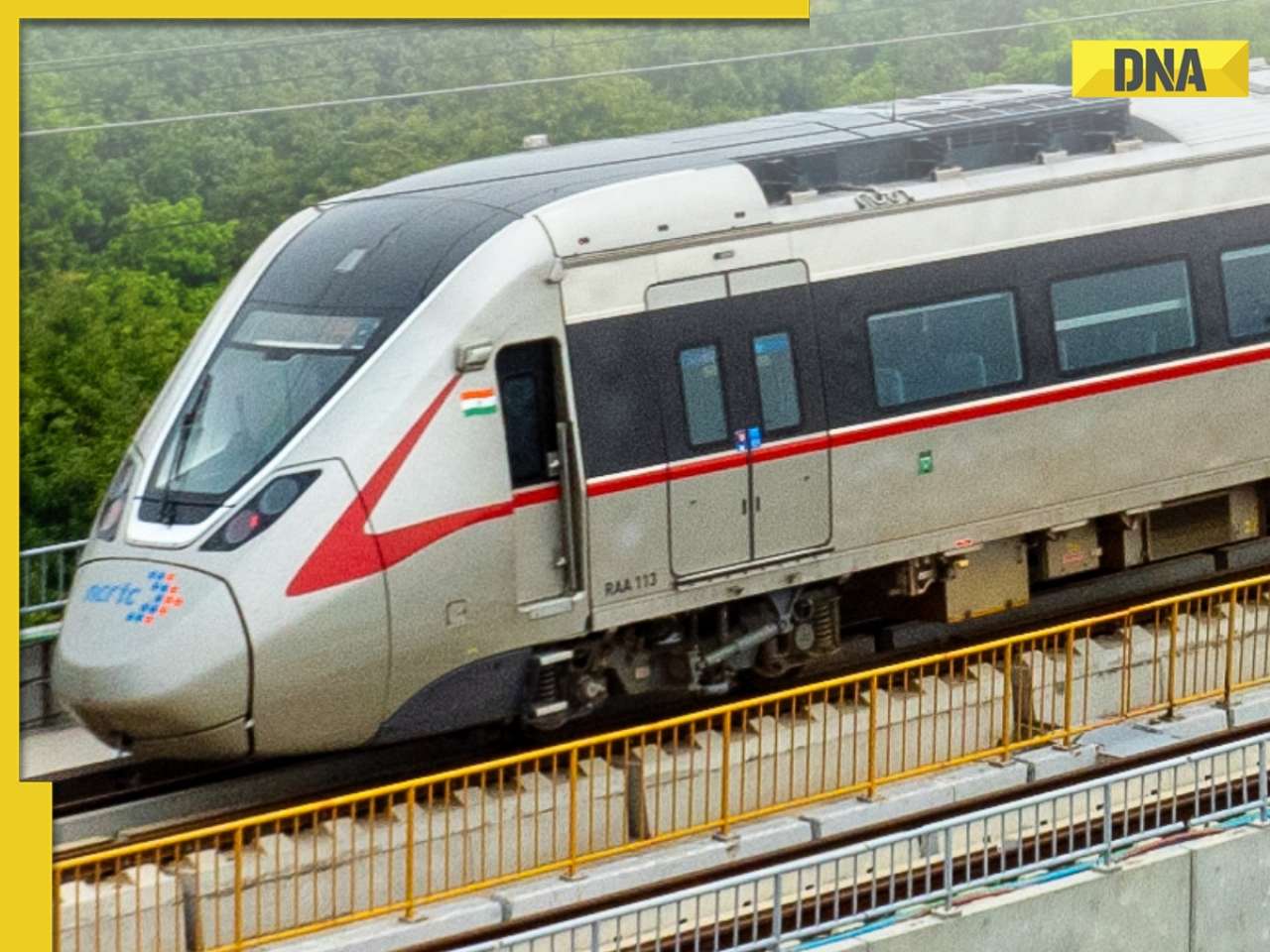 Delhi-Meerut RRTS: Namo Bharat train timings changed for July 27 due to...; to start at...
Delhi-Meerut RRTS: Namo Bharat train timings changed for July 27 due to...; to start at...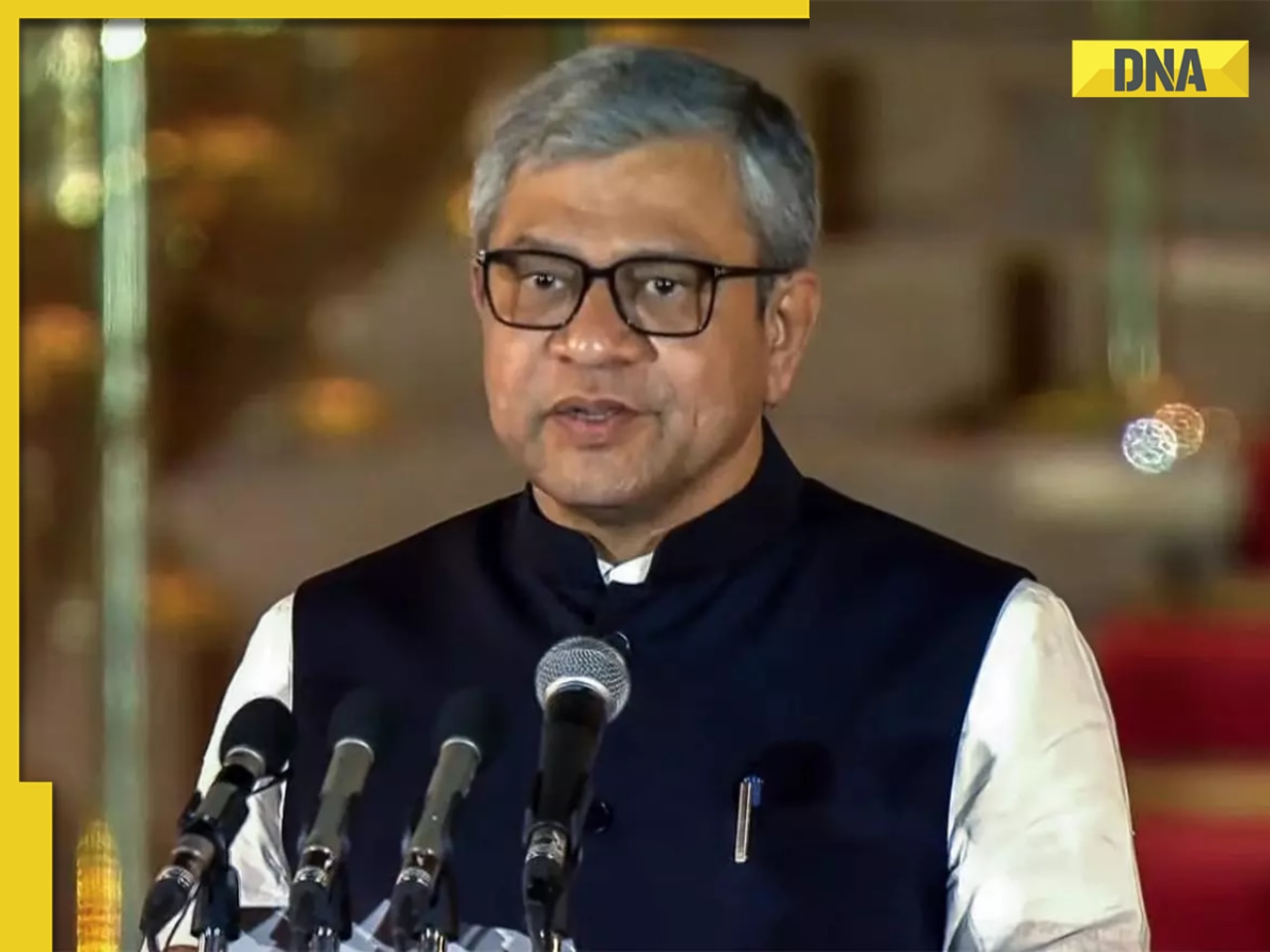 Indian Railways takes BIG step, successfully tests country's first-ever...; Ashwini Vaishnaw shares update, check details
Indian Railways takes BIG step, successfully tests country's first-ever...; Ashwini Vaishnaw shares update, check details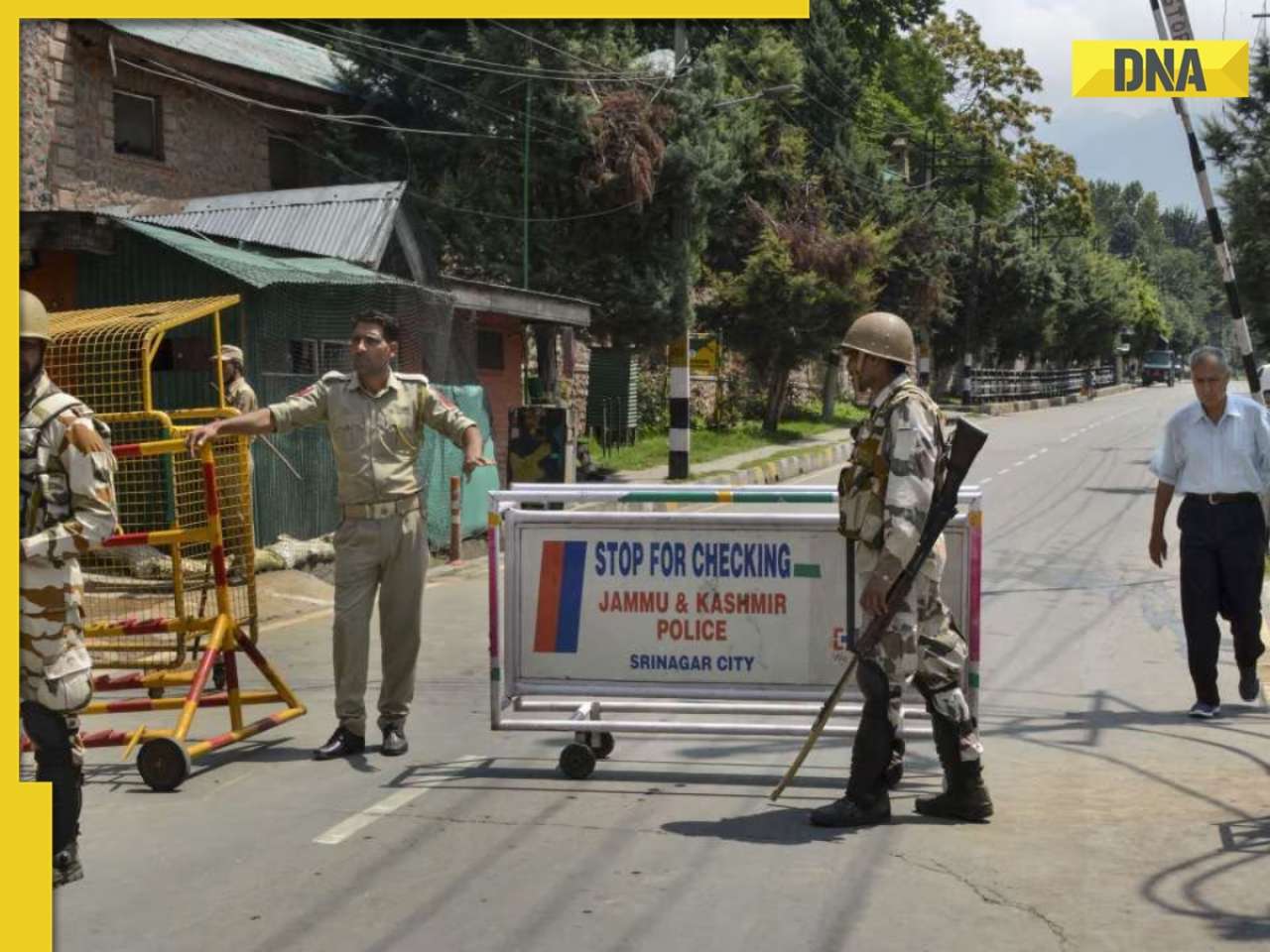 J-K: Agniveer loses life, two soldiers injured in landmine blast near LoC in Poonch
J-K: Agniveer loses life, two soldiers injured in landmine blast near LoC in Poonch Meet woman, daughter of vegetable vendor who cracked UPSC, her mother mortgaged gold for her education, her AIR is…
Meet woman, daughter of vegetable vendor who cracked UPSC, her mother mortgaged gold for her education, her AIR is… Meet woman, who cracked IIT with full-time job, secured impressive AIR of...; now works at Bill Gates' Microsoft as...
Meet woman, who cracked IIT with full-time job, secured impressive AIR of...; now works at Bill Gates' Microsoft as... Meet woman, couldn't speak English, once worked at Ratan Tata's TCS, cleared ISRO, BARC exams; later cracked UPSC with AIR..., she is...
Meet woman, couldn't speak English, once worked at Ratan Tata's TCS, cleared ISRO, BARC exams; later cracked UPSC with AIR..., she is... Meet woman, 'beauty with brain', who left medical studies, cracked UPSC exam not once but twice with AIR..., she is from...
Meet woman, 'beauty with brain', who left medical studies, cracked UPSC exam not once but twice with AIR..., she is from... SBI PO Admit Card 2025 to be released soon at sbi.co.in, know how to download hall tickets
SBI PO Admit Card 2025 to be released soon at sbi.co.in, know how to download hall tickets Maruti Suzuki's e Vitara set to debut electric market at Rs..., with range of over 500 km, to launch on...
Maruti Suzuki's e Vitara set to debut electric market at Rs..., with range of over 500 km, to launch on... This is world’s most expensive wood, cost of 1kg wood is more than gold, its name is..., is found in...
This is world’s most expensive wood, cost of 1kg wood is more than gold, its name is..., is found in... This luxury car is first choice of Indians, even left BMW, Jaguar, Audi behind in sales, it is...
This luxury car is first choice of Indians, even left BMW, Jaguar, Audi behind in sales, it is... Kia India unveils Carens Clavis: Check features, design changes, price and more; bookings open on...
Kia India unveils Carens Clavis: Check features, design changes, price and more; bookings open on... Tesla CEO Elon Musk launches most affordable Cybertruck, but it costs Rs 830000 more than older version, it is worth Rs...
Tesla CEO Elon Musk launches most affordable Cybertruck, but it costs Rs 830000 more than older version, it is worth Rs...




)
)
)
)
)
)
)
)
)
)
)
)
)
)
)
)

